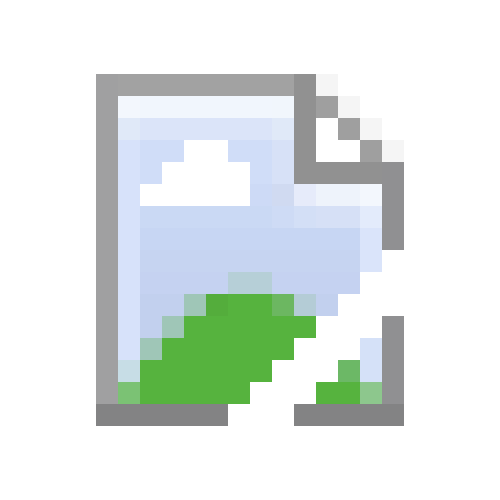

I’ve engaged with the machine since GPT-3 Davinchi. The accuracy of the models have improved tremendously, and they can now even perform complex maths such as those pertaining to relativity (they use Python to calculate). I’m using the latest and greatest model that was just released a little over a week ago; in my experience it’s more than capable. Main limitation I have is maths, as I’m not using the Assistants API which gives access to code interpreter, so I’ll just avoid most pure mathematics papers and stick to the sciences.
Yeah, np. This is the paper it’s based off of: https://www.ncbi.nlm.nih.gov/pmc/articles/PMC9233534/ . Please keep in mind that it’s target audience is not academic in nature, so the language use has been altered to reflect that (e.g. using “theory” not as we’d use it like in theory of gravity, but how most people would use it to reference speculation or hypothesis)
Introduction: Hey everyone! Today, let’s embark on a fascinating journey back in time to the Hadean Earth, over 4 billion years ago. This was a time when our planet was quite different, covered in a sea of molten rock and constantly bombarded by meteorites. Yet, it was during this hostile period that the very pillars of life as we know might have been set. We’ll dive into a scientific study that suggests how some of Earth’s oldest rocks might have been more than just barren stones; they may have been catalysts that set the stage for the development of RNA, which is crucial for life as we know it.
The RNA World: RNA stands for ribonucleic acid. It’s a molecule that plays a key role in genetics and the synthesis of proteins in all living organisms today. There’s a hypothesis, known as the “RNA World” theory, which suggests that before DNA and proteins became fundamental to life, RNA might have done all the work. RNA could have been both the genetic material and the molecular machine in the earliest forms of life.
The Big Question: But how did RNA come about in the first place? This has puzzled scientists for years because RNA is a complex molecule – not something easily formed in nature without a helping hand. To support the idea of the RNA World, we’d need evidence that RNA could form in conditions that existed on the early Earth.
The Research Study: In comes this groundbreaking study! Scientists have discovered that when you mix certain chemicals called ribonucleoside triphosphates (the building blocks of RNA) with specific types of ancient volcanic rocks, known as mafic rock glasses, something amazing happens. These rocks act as a catalyst, turning the building blocks into RNA, without any need for biological processes.
Why Rock Glasses?: These ancient rock glasses were formed during volcanic eruptions and meteorite impacts on the early Earth. They had the right chemical properties to help stitch together RNA building blocks. It’s kind of like having a robotic assembly line, where rocks are doing the intricate work of piecing together RNA, piece by piece.
The Experiments: Here’s what the researchers did. They took these rock glasses, underwater, mixed them with RNA building blocks, and let chemistry do its magic. Over time, they noted the formation of RNA chains which could have been the precursors to early life.
The Results: The RNA that formed was not perfect. It had a good amount of links known as 3’-5’ linkages, which we see in modern RNA, but the researchers couldn’t rule out other types or even a bit of branching. Despite this, the RNA chains were long enough to hold genetic information and potentially perform some simple reactions.
Limitations: No scientific study is perfect, and it’s important to talk about what this experiment doesn’t tell us. For one, the RNA made during the study isn’t exactly like the RNA in our cells today; some parts are put together differently. Also, the study was done in ideal lab conditions – and we can only guess if conditions on early Earth were the same. Another thing is, even if volcanic glass can help make RNA, we still need to understand where the RNA building blocks came from.
Conclusion: The findings give us a valuable peek into how the seeds of life may have been sown on our ancient planet. These rock glasses might have been nature’s first-time life-supporting lab bench, making RNA without any living assistance.
So, there you have it – a discussion on a paper that bridges the gap between geology and biology and offers a tantalizing glimpse at how life might have begun in the primordial soup of early Earth. This evidence sheds light on our most distant origins and reminds us that life, even in its simplest form, always finds a way.






It’s especially awesome with language practicing. Can have full on conversations with the robot while it corrects your language use and shows you how to improve